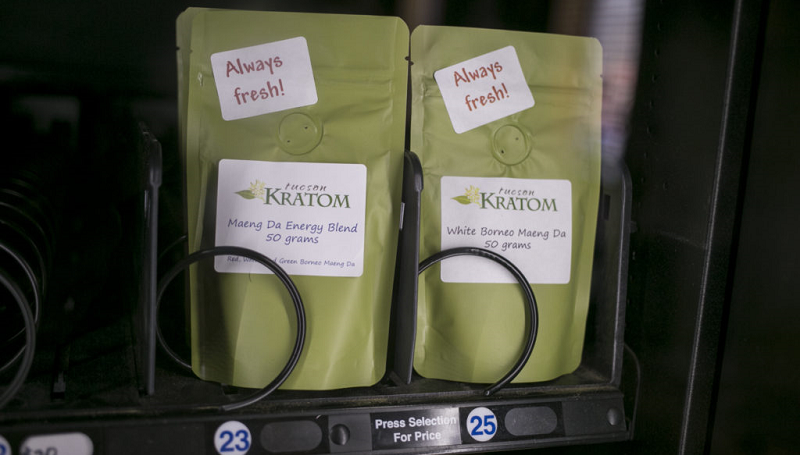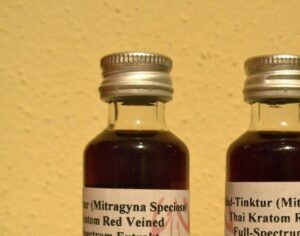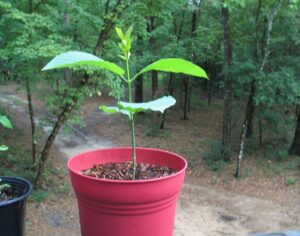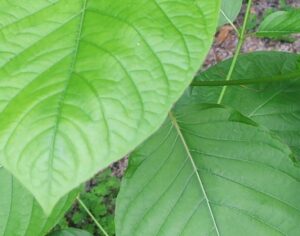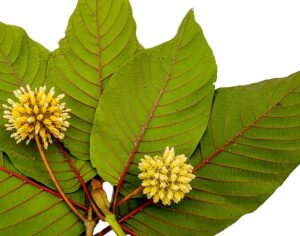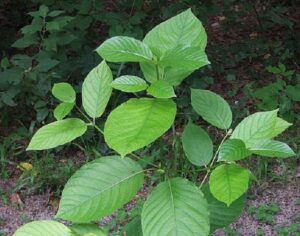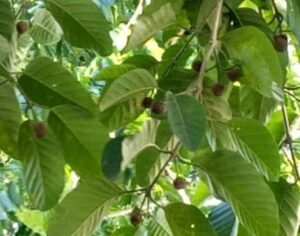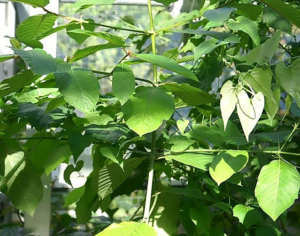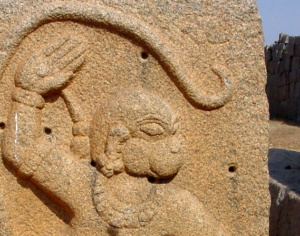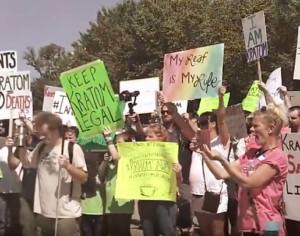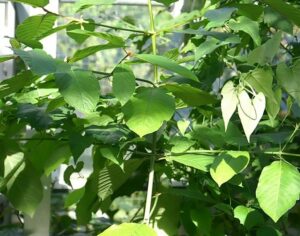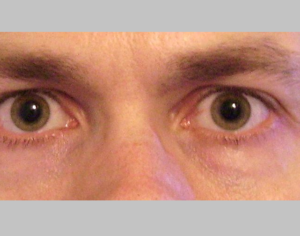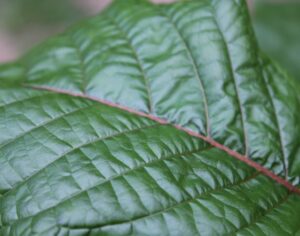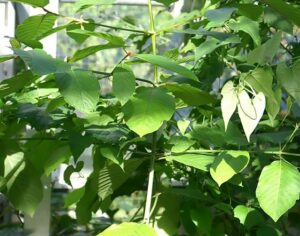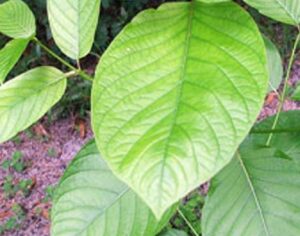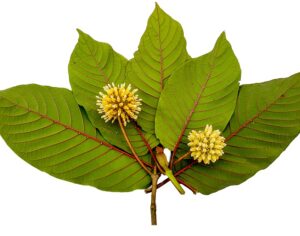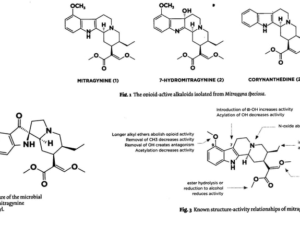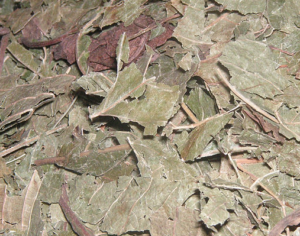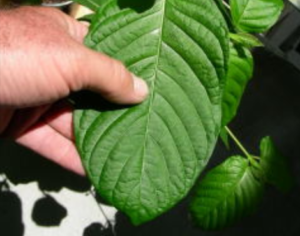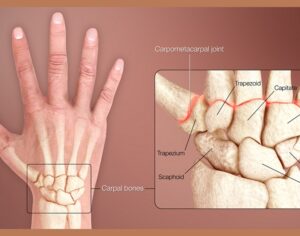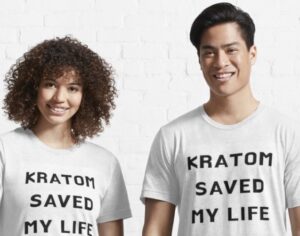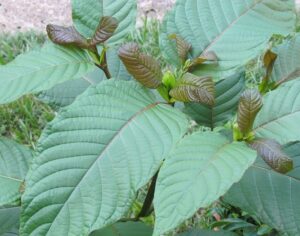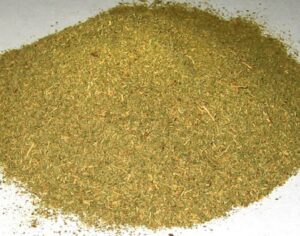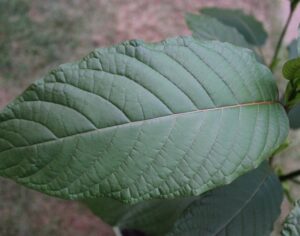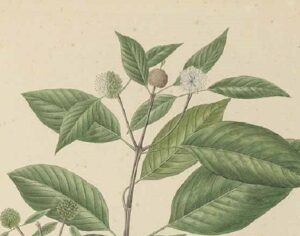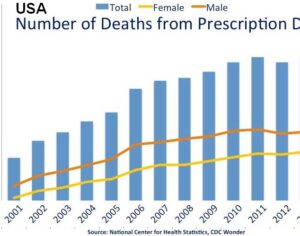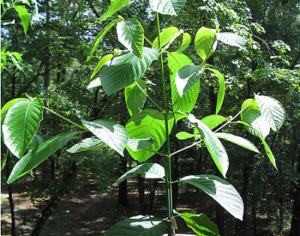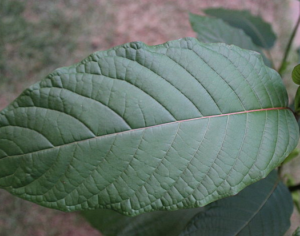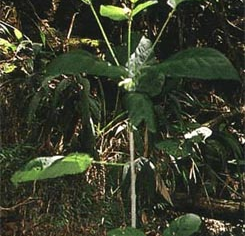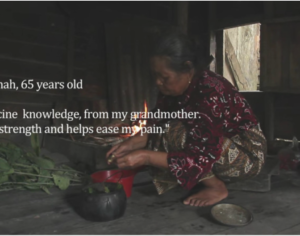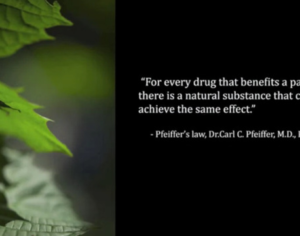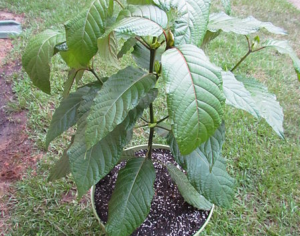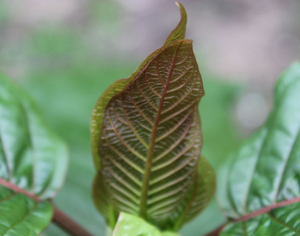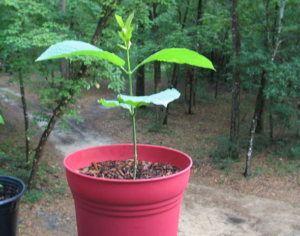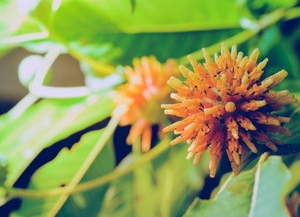The science behind kratom [leaf]
“There’s a very big obsession, I would say, in the field of getting rid of the addictive properties, but I think what we should focus on is just not killing people to start with [HERE]. If you get rid of respiratory depression [caused by traditional and synthetic opiates], you’re saving 18,000 lives a year from opioid overdose, so that’s a huge improvement.” -Andrew Kruegel
“Like a lot of things, you could schedule it. If caffeine was a brand new drug discovered today and you brought it to the FDA, it would probably be proposed for a schedule III or IV,” says Henningfield. “It produces dependence, it’s a reinforcer, it produces pleasure, it produces physical dependence and there are withdrawal symptoms, and more.” Instead of scheduling kratom, an ideal regulatory model would be the one used for caffeine, Henningfield says, in which a certain number of milligrams of caffeine are permitted by volume for beverages, but beans can be purchased directly to make coffee. “Saying that it shouldn’t be scheduled isn’t saying that nothing should be done,” says Henningfield. “I think that we need information for people, labeling, oversight of the marketplace and standards that get the potential problem [of adulterated products] off the market.” … Heroin and morphine kill by causing respiratory depression, in which the muscles that control the diaphragm fail and breathing ceases. These overdoses can be reversed if the drug naloxone is administered within a few minutes, before irreversible brain damage sets in. Sold as Narcan, naloxone acts as an opioid receptor antagonist by essentially kicking the other opioid compounds off the opioid receptors. According to Andrew Kruegel, a medicinal chemist and opioid researcher at Columbia University, one hypothesis in the opioid field is that fatal respiratory depression, or failure, occurs as a consequence of compounds working through the mu receptors to activate the protein beta-arrestin. When this happens at a certain threshold, a cascade of signaling that interferes with the action of the diaphragm is believed to occur. Both mitragynine and 7-hydroxymitragynine are partial agonists for the mu receptors, binding to and activating them at less than 100 percent of the levels that other opioids, such as morphine, do. As Kruegel and colleagues observed in in vitro systems, beta-arrestin signaling is notably absent in this activity and thus may be responsible for kratom’s anecdotally reported ability to induce less respiratory depression than heroin or morphine. The mitragynines are also both antagonists of the kappa and delta opioid receptors in in vitro systems, meaning they reverse the effects of pain-killing analgesics at these sites, but these actions aren’t yet understood in human or animal models. These receptor interactions also are hypothesized to be responsible for kratom users experiencing reduced euphoric effects and slower development of tolerance compared to those experienced with widely abused opioids. Similar partially agonistic effects of the mu receptors are also present in buprenorphine, an opioid marketed as Buprenex and Butrans and widely used in clinics and addiction centers to help patients transition off fully agonistic opioids like heroin and morphine. Although buprenorphine can cause a degree of respiratory depression, the compound is used in clinics because it takes an extremely high dose to induce respiratory failure. “Clinical studies have shown that (buprenorphine) has a ceiling on respiratory depression,” says Kruegel, who is examining the interactions between the components in kratom and the human opioid receptors. “You can almost think of mitragynine as buprenorphine light.” Why kratom doesn’t appear to be as addictive as opioids, however, is not clear. Even if shutting down beta-arrestin signaling does stop respiratory depression, it doesn’t appear to be responsible for how addictive an opiatelike substance is. “If you get rid of beta-arrestin signaling, it’s not like you’re going to have a nonaddictive opioid,” says Kruegel. “There’s a very big obsession, I would say, in the field of getting rid of the addictive properties, but I think what we should focus on is just not killing people to start with. If you get rid of respiratory depression, you’re saving 18,000 lives a year from opioid overdose, so that’s a huge improvement.”
Original Article (Asmbmb.org):
The science behind kratom’s strange leaves
Artwork Fair Use by: Stat News

